Main menu
Common skin conditions

NEWS
Join DermNet PRO
Read more
Quick links
Author: A/Prof Amanda Oakley, Dermatologist, Hamilton, New Zealand, 2014.
Introduction
Differential diagnoses
Classification
Treatment
Telangiectasia is a condition in which there are visible small linear red blood vessels (broken capillaries). These are also called telangiectases. Visible small blood vessels that are blue in colour (spider veins) are called venulectasia because venules are involved.
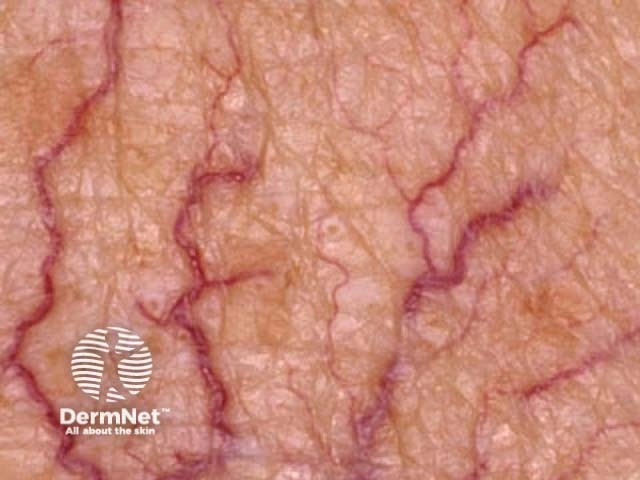
Telangiectasia

Telangiectasia
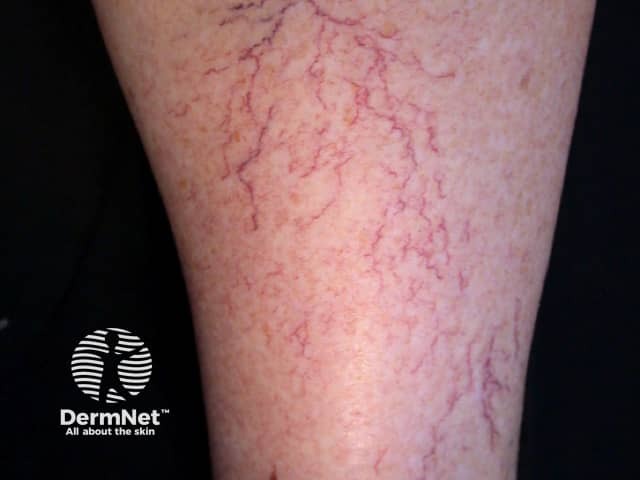
Telangiectasia
Telangiectases need to be distinguished from other vascular conditions, including blood vessel tumours such as infantile haemangioma and angiomas that arise in adults; and capillary or venous vascular malformations.
Large red blood vessels are arteries and large blue blood vessels are veins. Arteries may be enlarged due to aneurysm formation. Veins enlarged due to the destruction of their valvular system are known as varicose veins.
Note that telangiectasia may be noted as a normal feature of facial skin in some families.
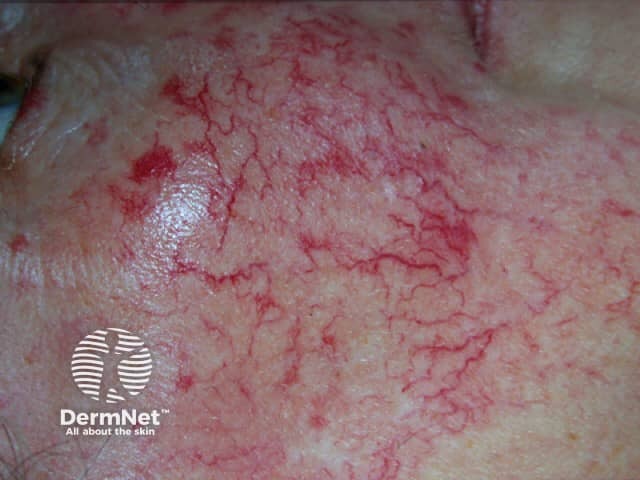
Familial telangiectasia
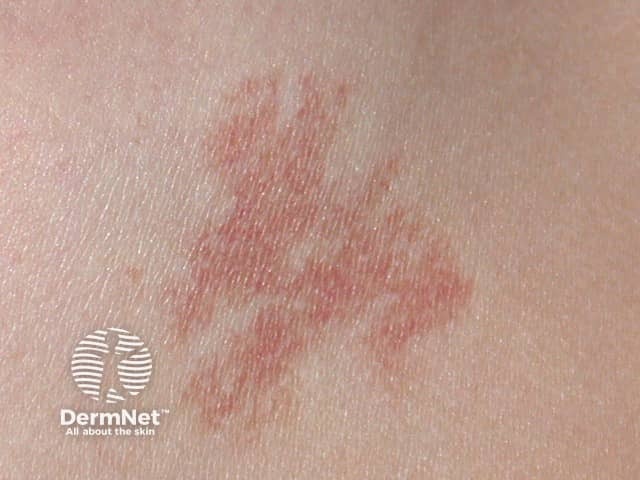
Benign hereditary telangiectasia
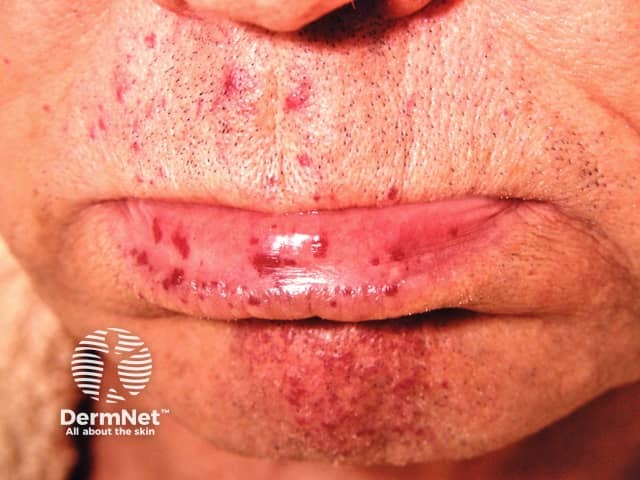
Hereditary haemorrhagic telangiectasia
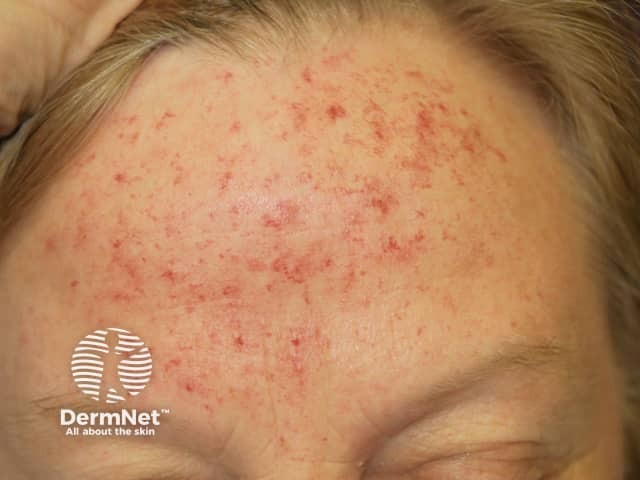
CRST syndrome
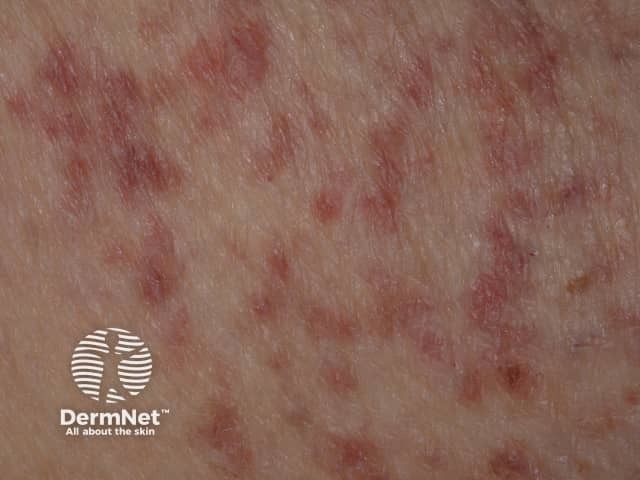
Telangiectasia in mastocytosis

Necrobiosis lipoidica
Telangiectasia may follow a cutaneous injury. For example:
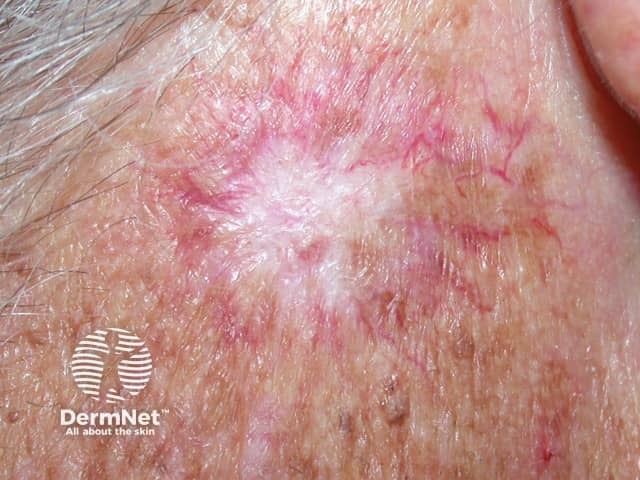
Radiation site
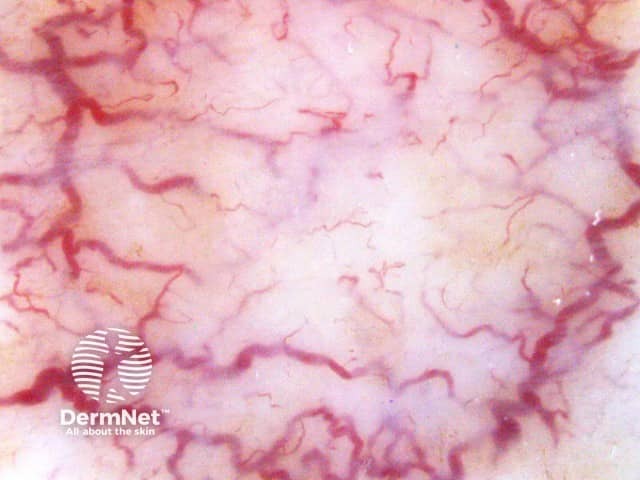
Radiation site
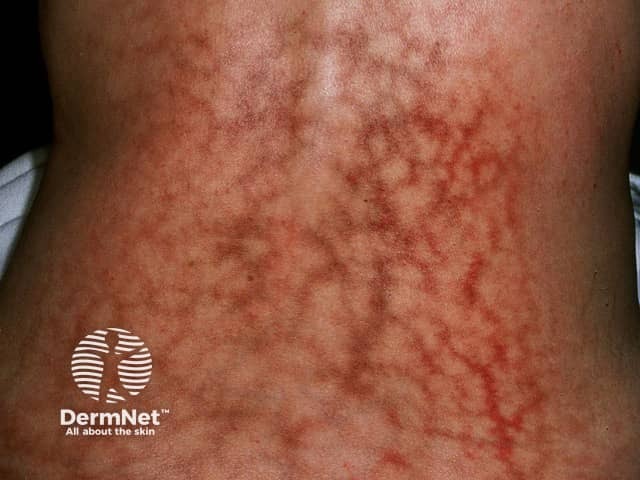
Erythema ab igne
Some tumours are characterised by telangiectasia, such as:

Sebaceous hyperplasia
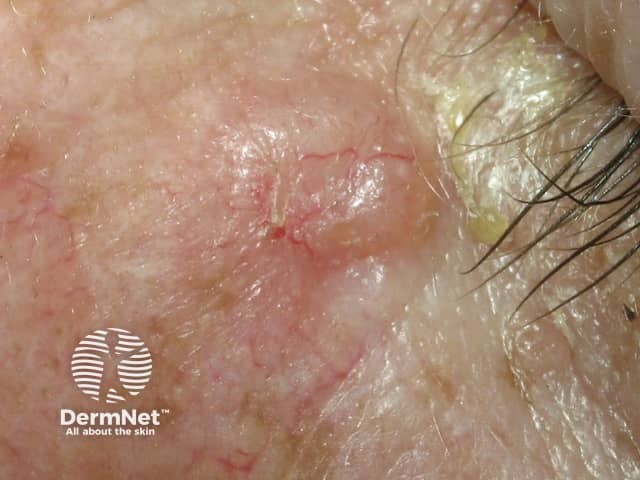
Basal cell carcinoma
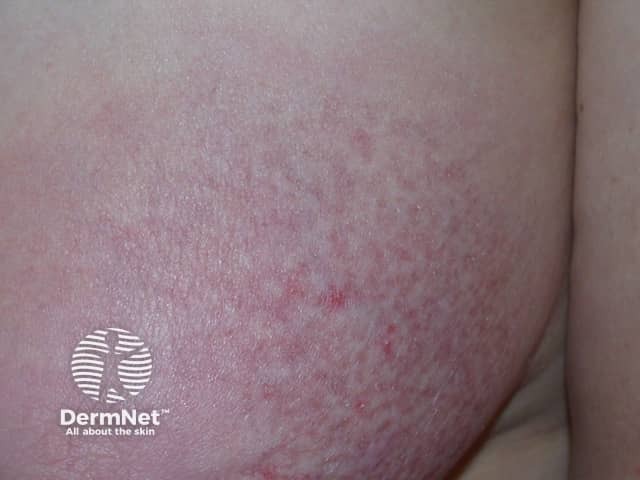
CTCL
Certain medications may give rise to telangiectasia.
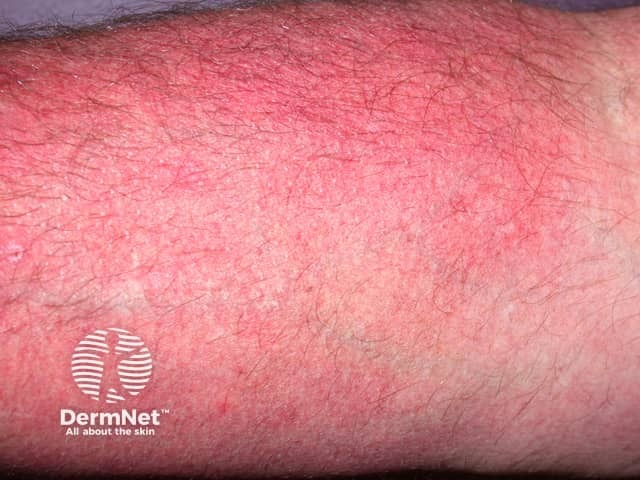
Steroid-induced telangiectasia
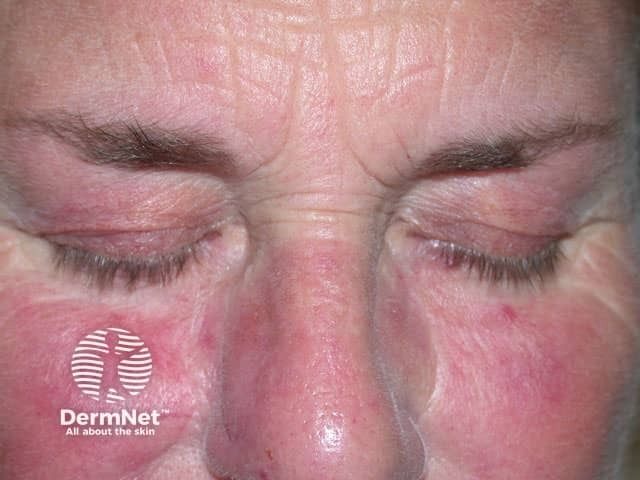
Steroid-induced telangiectasia

Steroid-induced telangiectasia
Telangiectases are generally harmless. Treatment may be sought because of bleeding or unsightly appearance. Facial red vein treatment methods include: